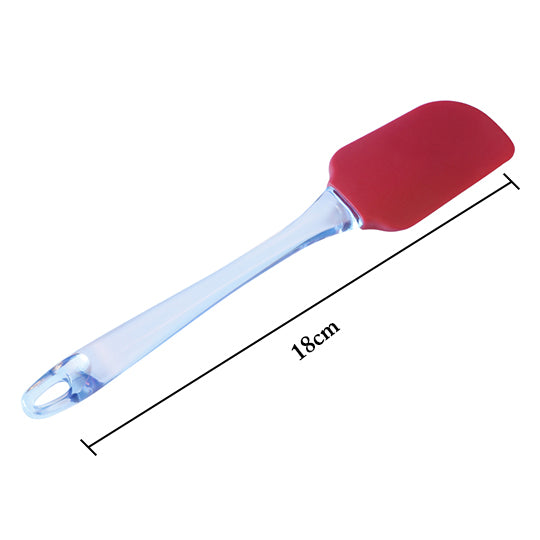Do you know? Not all candles are toxin-free, even for humans, let alone for your furry companion. Then this thought must have crossed your mind, and you searched for pet-friendly candles and came up with few search results. Everyone's focus has shifted more to pets than ever before, creating a market for pet-friendly candles.

Every owner wants to give their furry companions a spa-like treat in the comfort of their home. A few pet-friendly candle options are available on the market, and they might not be in your preferred scent, leading to the need for this DIY. We will use natural ingredients and essential oils that you and your furry companions will love.
Are Candles Safe For Pets?
All candles are not pet-safe candles. Many candles are made from paraffin wax made from petroleum. When lit, it produces a chemical known as toluene, which is potentially dangerous when inhaled by your pups, and can lead to itchy eyes or respiratory issues.
Some of the pet-friendly candle brands are Pet’s Favorite, Tea Trunk, Nicobar, and Ava Vela. It is necessary only to choose pet-friendly candles that use soy wax, beeswax, or any other natural wax.
Choosing the Right Pet-Friendly Candle
1. Fragrances/ Essential Oils
Not all fragrances/ essential oils are suitable for pets and can cause irritation or develop an itch in the eye. Some fragrances/ essential oils that don’t harm them are lavender, lemon, lemongrass, peppermint, and cedarwood. Eucalyptus, tea tree, and citrus are essential oils that are harmful to pets.

2. Natural Wax Candles
It is suggested that soy wax or beeswax be used instead of paraffin wax, as paraffin wax leaves a toxic environmental residue. Natural wax burns with little to no residue, making it environmentally friendly. Beeswax purifies air and burns for a longer period.
3. Cotton Wick Candles
Lead wicks are harmful when burned, making the fire unsafe for neither you nor your furry companion. It is essential to pick out the right wick, either made of cotton or paper.
How To Make Pet-Friendly Candles at Home
Making your candles is a creative job. It gives your home a personal touch while ensuring your pets stay comfortable and safe.
Ingredients
- Soy Wax
- Jar With a Lid
- Double Boiler
- Lead-Free Wick
- Lemon Essential Oil
- Toothpick
Step-by-Step Guide: Pet-Friendly Scented Candles at Home with Essential Oils
Step 1: Melt wax in a large pot/ double boiler on a low flame.
Step 2: In the meantime, take a jar and place the wick inside it.
Step 3: Take a toothpick and wrap one end of the lead-free wick. Place it on top of the jar so it won’t move.
Step 4: Take the melted wax and add lemon and lavender essential oils (or any essential oil of your choice). Mix it thoroughly.
Step 5: Pour the mix into the jar. Let it sit until the wax is in solid form.
Now, your pet-friendly candles are ready to use. Lit them up and cuddle with your furry companion.
Conclusion
Candles have taken on a new role in everyone's lives, creating a peaceful ambiance we share with our furry babies. It is important to opt for natural ingredients not only for your pet’s health but also for your health. This way, your furry baby can enjoy aromatherapy with you. This DIY is cost-effective as it lets you create a batch that lasts for a while and enables you to choose the scent of your choice.













 Sign in
Sign in Register now
Register now My Reward Points
My Reward Points












